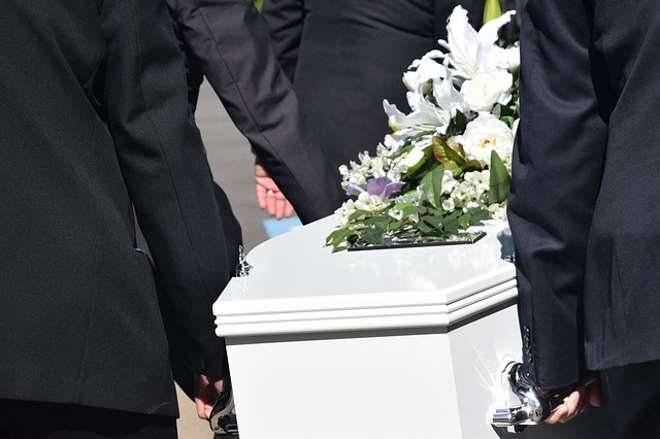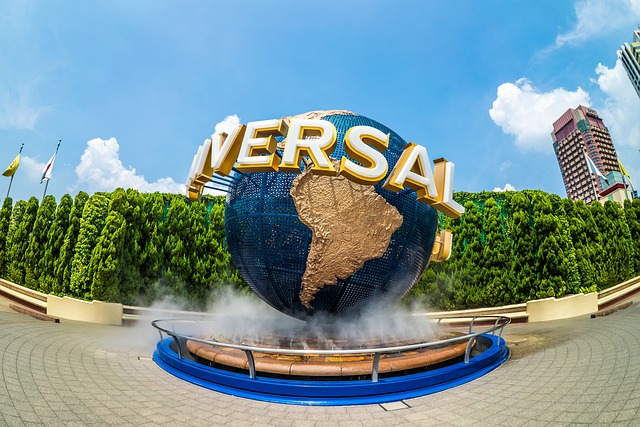Cremation Services: Options, Process, and Planning
Planning a farewell is a personal, often emotional decision. Cremation services offer flexibility, cultural sensitivity, and a wide range of memorial possibilities for families worldwide. Understanding how cremation works, what choices you have, and the steps involved can bring clarity and comfort during a difficult time. This guide explains the process, outlines service options, and highlights the practical details to consider when arranging cremation with local services in your area.

What happens during cremation?
Cremation is a respectful process that reduces a loved one’s body to cremated remains using high heat within a specialized chamber. Before the process, the funeral home or crematory confirms identity and obtains the required paperwork and authorizations. Medical devices such as pacemakers are removed for safety, and the deceased is placed in a suitable container. After cremation, the remains are cooled, processed to a consistent texture, and placed in a temporary container or chosen urn. Some regions also offer water cremation (alkaline hydrolysis), a different method available where regulations allow.
Choosing the right type of service
Cremation can be arranged in several ways to reflect beliefs, customs, and budgets. Some families select a full funeral with cremation afterward, including a viewing or visitation. Others prefer a memorial service held after cremation, allowing more time to coordinate travel or choose a meaningful venue. Direct cremation, which involves cremation without a formal service beforehand, simplifies logistics and lets families plan a later gathering. Personal touches—music, readings, photo displays, or a witness cremation option—help honor the person’s life and values, whether you hold the event at a funeral home, a place of worship, or a community space in your area.
Legal steps and paperwork in your area
Cremation requires documentation to ensure consent and compliance with local laws. Typically, families complete a cremation authorization form, and a death certificate is filed. In some places, a permit or release from a medical examiner or coroner is required, and a waiting period may apply before the cremation can occur. Because regulations differ widely, ask your chosen provider to outline the exact steps and timelines for your jurisdiction. Keep identification details consistent across all forms and designate a single point of contact for decisions. This coordination helps avoid delays and ensures the crematory follows the authorized plan.
Care, dignity, and transparency standards
When evaluating local services, look for clear communication and strong identification protocols from first call through the return of cremated remains. Reputable providers explain chain-of-custody procedures, offer written disclosures, and welcome questions about facilities and processes. In the United States, for example, the FTC Funeral Rule requires funeral homes to provide itemized pricing upon request; wherever you live, it’s reasonable to ask for written estimates and service descriptions. Consider providers that allow a tour of the crematory or viewing area if desired, and ask how they handle personal items, special instructions, and scheduling. Transparent policies reflect a commitment to dignity and trust.
Memorialization: urns, keepsakes, and scattering
Cremated remains can be memorialized in many meaningful ways. Urns come in a variety of materials—from wood and ceramic to metal and biodegradable options—suited to display, burial, or scattering. Keepsakes such as small urns or jewelry can share remains among family members, while memorial art and tree-planting services offer symbolic tributes. If you plan to scatter remains, review applicable laws, obtain permissions for private property, and follow any guidelines for public parks or waterways. Many cemeteries and gardens have dedicated scattering areas. Document your decisions so family members know how to care for the urn and observe cultural or religious considerations.
Why you might see bulk_create_keyword online
During online research, you may encounter unusual terms like bulk_create_keyword in planning templates, content management systems, or website forms. This type of phrase is typically a placeholder used by digital tools and is not part of any standard cremation terminology. If you see it on a provider’s site or a downloadable checklist, treat it as a generic tag rather than a required option. For your own planning, focus on clear labels—service type, authorization forms, scheduling, memorial preferences, and disposition of cremated remains—and keep digital files organized with dates and names so local services can quickly understand your wishes.
Coordinating with family and community
Good communication can reduce stress and prevent misunderstandings. Share key decisions—service style, music or readings, and preferences for scattering or interment—early with close family members. Assign roles for eulogies, photo curation, and event logistics, and create a simple timeline that includes service dates, obituary publication, and travel arrangements. If your community or faith tradition has specific rites, consult with leaders to align the service appropriately. After the ceremony, plan for thank-you notes, memorial donations, and a place to store important documents, including certified copies of the death certificate, which may be needed for estate tasks.
Environmental and cultural considerations
Environmental values and cultural traditions can guide your choices. Some families prefer simple containers, minimal transportation, and biodegradable urns to reduce environmental impact. Where offered, water cremation may be selected for ecological reasons. Cultural and religious views on cremation vary; some traditions require specific prayers, handling protocols, or timelines. Discuss these needs with your provider early so they can accommodate them within legal requirements. Sensitivity to both personal beliefs and local rules helps create a respectful, meaningful remembrance that honors the person and supports those who are grieving.
Planning ahead to ease future decisions
Pre-planning can spare loved ones difficult decisions later. Document your preferences for cremation or burial, ceremony details, and the final location of your cremated remains. Store these instructions with essential documents and share them with a trusted person. Even a simple checklist that lists preferred providers in your area, contact information, and any special requests can streamline the process. While plans can be updated over time, writing them down ensures your wishes are known and provides clarity when your family needs it most.
Informed choices and clear communication make cremation services more personal, organized, and comforting. By understanding the process, aligning plans with values, and working with transparent local services, families can create a tribute that feels true to the person’s life and legacy.






